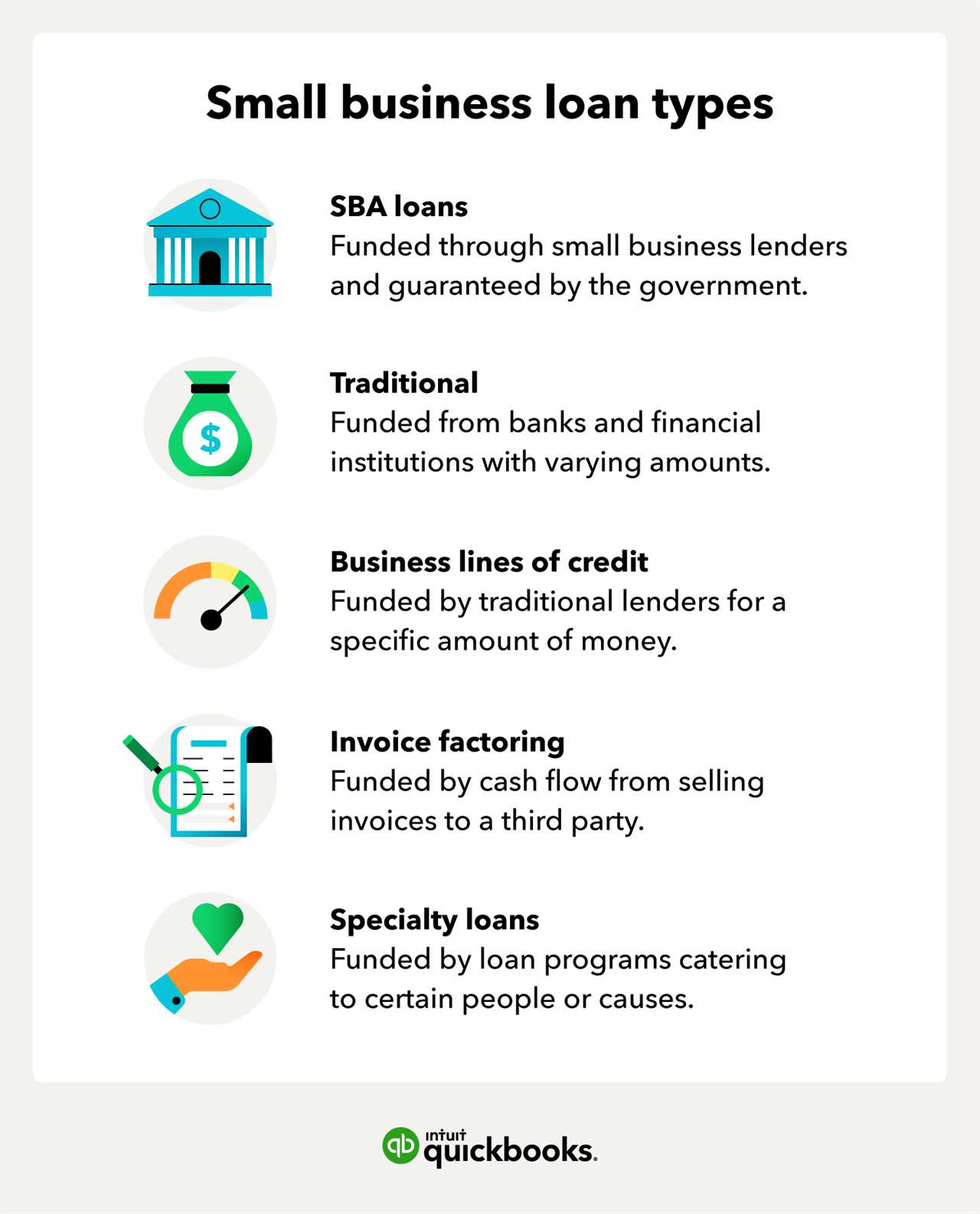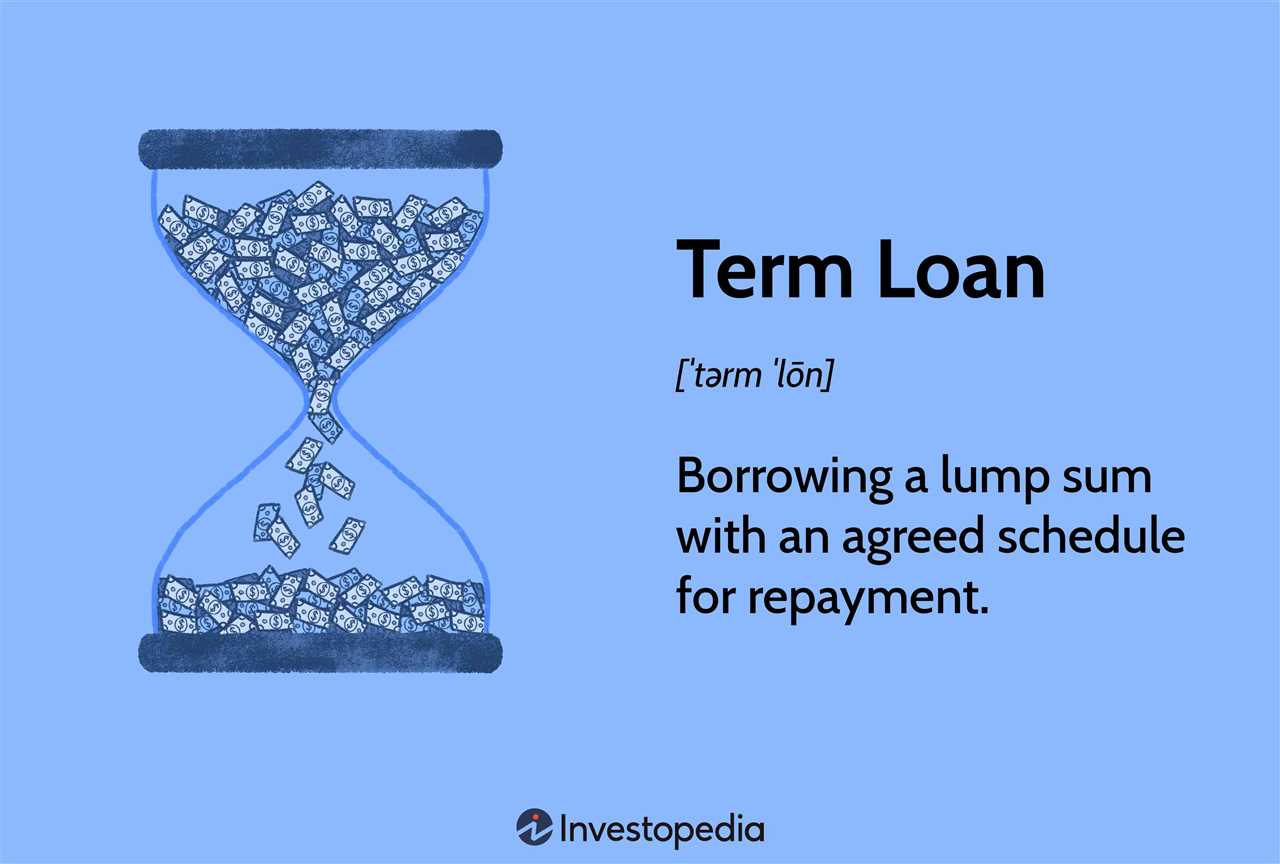Exploring the Mechanics of Loans
Loan Terms
Interest is another crucial aspect of loans. It is the cost of borrowing money and is typically expressed as a percentage of the principal. The interest rate can be fixed, meaning it remains the same throughout the loan term, or variable, meaning it can change over time based on market conditions.
In addition to interest, loans may also come with fees such as origination fees, late payment fees, or prepayment penalties. These fees can vary depending on the lender and the type of loan.
Loan Repayment
Repaying a loan involves making regular payments to the lender. These payments typically consist of both principal and interest, although some loans may have interest-only payments for a certain period of time.
There are different repayment options available, depending on the loan type. For example, installment loans require equal monthly payments, while revolving loans, such as credit cards, allow borrowers to make minimum payments and carry a balance from month to month.
Conclusion
Different Types of Loans
1. Personal Loans
Personal loans are unsecured loans that can be used for any purpose, such as debt consolidation, home improvements, or medical expenses. These loans are based on your creditworthiness and income, and they typically have fixed interest rates and monthly payments.
2. Mortgage Loans
Mortgage loans are used to finance the purchase of a home. These loans are secured by the property itself, and the interest rates can be fixed or adjustable. The repayment period for mortgage loans is usually long, ranging from 15 to 30 years.
3. Auto Loans
Auto loans are used to finance the purchase of a vehicle. These loans are secured by the vehicle, and the interest rates can vary depending on factors such as your credit score and the age of the vehicle. The repayment period for auto loans is typically shorter than mortgage loans.
4. Student Loans
Student loans are used to finance education expenses, such as tuition fees, books, and living expenses. These loans can be federal or private, and they usually have lower interest rates compared to other types of loans. The repayment terms for student loans vary, and they often offer flexible repayment options.
5. Business Loans
Business loans are used to finance business operations, such as starting a new business, expanding an existing business, or purchasing equipment. These loans can be secured or unsecured, and the interest rates and repayment terms depend on various factors, including the business’s creditworthiness and financial history.
Exploring the Variety of Loan Options
1. Personal Loans: Personal loans are a popular choice for individuals who need to borrow money for personal expenses such as home improvements, debt consolidation, or medical bills. These loans are typically unsecured, meaning they don’t require collateral, and can be obtained from banks, credit unions, or online lenders.
2. Mortgage Loans: Mortgage loans are used to finance the purchase of a home. These loans are secured by the property itself, and the borrower makes monthly payments over a specified period of time. Mortgage loans can have fixed or adjustable interest rates, and the terms can vary depending on the lender.
3. Auto Loans: Auto loans are specifically designed to finance the purchase of a car. Similar to mortgage loans, auto loans are secured by the vehicle being purchased. The borrower makes monthly payments over a set period of time until the loan is fully repaid.
4. Student Loans: Student loans are used to finance higher education expenses, such as tuition fees, books, and living expenses. These loans can be obtained from the government or private lenders and typically have lower interest rates compared to other types of loans. Repayment terms vary depending on the loan program.
5. Business Loans: Business loans are specifically designed for entrepreneurs and small business owners to finance their business operations, purchase equipment, or expand their business. These loans can be obtained from banks, credit unions, or alternative lenders, and the terms and interest rates can vary depending on the lender and the borrower’s creditworthiness.
6. Payday Loans: Payday loans are short-term loans that are typically due on the borrower’s next payday. These loans are usually small in amount and have high interest rates. Payday loans are often used by individuals who need quick cash to cover unexpected expenses, but they can be risky and lead to a cycle of debt if not used responsibly.
Tips for Getting Approved for a Loan
1. Check Your Credit Score
Before applying for a loan, it’s crucial to check your credit score. Lenders use your credit score to assess your creditworthiness and determine the interest rate you’ll be offered. If your credit score is low, take steps to improve it before applying for a loan.
2. Understand the Loan Requirements

Each type of loan has specific requirements that borrowers must meet. It’s essential to understand these requirements before applying. For example, some loans may require a minimum income level or a certain debt-to-income ratio. Make sure you meet the criteria before submitting your application.
3. Gather the Necessary Documents
When applying for a loan, you’ll need to provide various documents to support your application. These may include proof of income, bank statements, tax returns, and identification documents. Gather all the necessary paperwork in advance to streamline the application process.
4. Shop Around for the Best Loan Terms
Don’t settle for the first loan offer you receive. Take the time to shop around and compare loan terms from different lenders. Look for the lowest interest rates, favorable repayment terms, and any additional fees or charges. By comparing multiple options, you can find the best loan that suits your needs.
5. Prepare a Strong Loan Application
When filling out the loan application, be thorough and accurate. Provide all the required information and double-check for any errors or omissions. A well-prepared application can increase your chances of getting approved.
6. Consider a Co-Signer or Collateral
If you have a low credit score or don’t meet the loan requirements, you may consider getting a co-signer or offering collateral. A co-signer is someone with a good credit history who agrees to take responsibility for the loan if you default. Collateral is an asset you pledge to secure the loan. Both options can help strengthen your loan application.
7. Pay Off Existing Debts

Lenders consider your debt-to-income ratio when evaluating your loan application. Paying off existing debts can improve this ratio and increase your chances of getting approved. Focus on reducing your outstanding debts before applying for a new loan.
8. Be Patient and Persistent
Getting approved for a loan may take time and effort. Don’t get discouraged if your application is initially rejected. Instead, review the reasons for rejection, address any issues, and try again. Be patient and persistent in your pursuit of a loan.
By following these tips, you can improve your chances of getting approved for a loan. Remember to carefully consider your financial situation and only borrow what you can comfortably repay.

Emily Bibb simplifies finance through bestselling books and articles, bridging complex concepts for everyday understanding. Engaging audiences via social media, she shares insights for financial success. Active in seminars and philanthropy, Bibb aims to create a more financially informed society, driven by her passion for empowering others.
